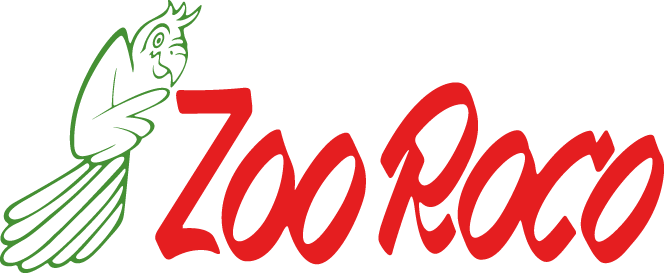Product information "Ammania sp. "Bonsai"
Ammania sp. "Bonsai
Ammania sp. "Bonsai" is a light green stem plant for the middle ground of your aquarium.
- Difficulty of growing: medium
- Light requirements: medium
- CO₂ requirements: medium
- Grown plant height: up to 20 cm
- Growth rate: Slow
- Temperature: 22-28°C
- Placement in aquarium: second level
- Origin: cultivated variety
- Cup diameter: 6 cm
Ammania sp. "Bonsai" is a lush green, decorative stem plant for the second level of the aquarium. It is also called Rotala Bonsai. It is a distinctive miniature variety that cannot be confused with any other.
It is quite rare in aquariums. It is a cultivar or breeding variety, which means that it does not occur in nature.
Ammania sp. 'Bonsai' has straight, sparsely branched, thick stems and round leaves.It is generally a small plant, but it grows very nicely, sometimes even without pruning. The plant looks best when planted in a group. So place at least 5-7 cuttings next to each other to achieve the desired visual effect. It has an ideal size for shrimp tanks and nanoaquariums.
Ammania does not require special fertilization, but it is good to provide it with a rich substrate containing micro and macro elements. The plant has no great water requirements and grows in both soft and hard water with a pH of 6 to 7.5, but a fertile substrate, CO₂ fertilization and liquid fertilizers are recommended for full coloration. It requires regular administration of macro and micro nutrients, especially iron. It does not have high requirements for light, but in intense light the tips turn red.
Planting: The plant must be removed from the cup and thoroughly rinsed from the gel under running water. This is best done by placing the plant in a container of lukewarm water. Most of the gel will then fall off by itself. Divide the contents of the cup into 1-2 cm lumps and then place them at a small distance on the selected items
.











.jpg)











